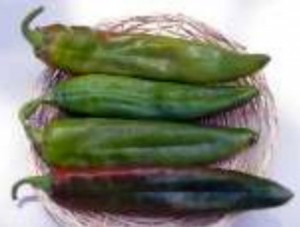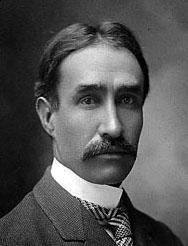The Story of Chile Peppers
Origin
Chile peppers originated in the lowlands of Brazil as small red, round, “berry-like” fruits. This location is called the ‘nuclear area’ and has the greatest number of wild species of chile peppers in the world. Scientists believe that birds are mainly responsible for the spread of wild chile peppers out of this ‘nuclear area’. Over the centuries, birds developed a symbiotic relationship with chile peppers. Birds do not have the receptors in their mouths that feel the “heat” and a bird’s digestive system does not harm the chile pepper seed.
Birds gather the small fruits and consume them with no adverse effects, dispersing the seeds that in return grow into new plants. Scientists believe that chile pepper plants evolved the capsaicinoids (the chemical that makes chile peppers hot) to deter mammals from eating the pods thus ensuring the spread and continuation of the species. The fruit of wild chile peppers, when ripe, is easily removed from the plant by birds, however, when a pod is green it will not pull away from the calyx very easily. This ensures that only viable seeds are dispersed.
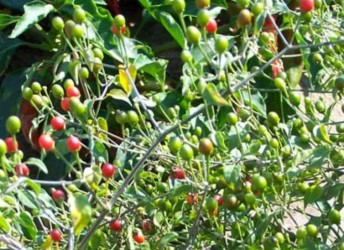

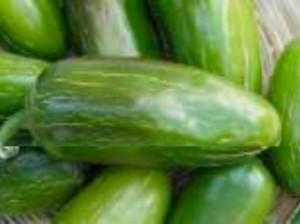
There are 26 known wild chile peppers species and five domesticated. The five domesticated species are the annuum, chinense, frutescens, baccatum, and pubescens. The species with the most varieties is the C. annuum with the New Mexican jalapeño, bell pepper, cherry, poblano, and hundreds more pod types. Habaneros and scotch bonnets belong to the C. chinense, the famous Tabasco is C. frutescens, South American ‘ajis’ are C. baccatum and the ‘Rocoto’ and “Manzano’ are C. pubescens.

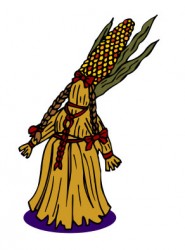
Christopher Columbus was looking for a new spice trade route when he bumped into the New World . He came across a new spicy fruit when the Western Natives offered him some chile peppers. When he ate the fruit he felt the same “burn” or “heat” as from black pepper, so, he called it “pepper.” This is the reason that today chile peppers are called "peppers". Columbus liked the fiery flavor of this fruit and took pods back to Spain. They quickly spread across the Eastern hemisphere and are currently used in many international cuisines around the world. Chile pepper plants are now grown in almost every country.
There are several theories as to how chile peppers came to New Mexico. Some scientists believe that Juan de Oñate brought them over in 1598 when King Phillip II sent him on an expedition to colonize New Mexico. Others believe it was through trade between the Pueblo Indians of the Southwest and the Toltec Indians of Mexico that they arrived here. There is no archeological evidence to prove or dispel either theory. One thing is certain: Native Pueblo Indians of the southwest were definitely growing chile peppers.
Chile peppers that were grown for hundreds of years are still being grown today in small family-oriented farms scattered throughout Northern New Mexico. These chile peppers (landraces) however, are slowly dying out because the chile industry demand has switched to more “robust” varieties.
At the turn of the 20th century, Fabian Garcia, a pioneer horticulturist at New Mexico State University, realized the problems inherent with native landraces and introduced a new type of pod to the chile pepper industry: the ‘New Mexico No. 9.’ This cultivar was a farmer’s dream because of its regular size, shape and dependable heat. It was a commercial success and kicked-off the Mexican food boom in America. Farmers, particularly in southern New Mexico where the growing season is longer, eagerly swapped out their traditional landraces for the new cultivar and started turning out profitable crops. Some landraces that existed in the northern part of the state have been replaced by more commercially viable options as well. Dr. Garcia bred several varieties of Mexican pasilla and chile pepper Colorado to come up with the hybrid now known as the New Mexican pod type.
Varieties of New Mexican pod types include NuMex Big Jim, NuMex Sandia, NuMex Joe E. Parker, NuMex 6-4 and NuMex Española Improved. The public's demand for New Mexican chile peppers started over 75 years ago, and NuMex Big Jim is in the Guinness Book of World Records for the longest chile pepper ever grown, at 13.5 inches long.
Any variety developed at NMSU carries the precursor “NuMex.” New Mexico is the nation’s premier producer of hot chile peppers. Green chile peppers are produced mainly for the fresh market with a small portion going to processing. Almost all the red chile pepper and cayenne produced is processed. Paprika is used mostly for its coloring agent properties. Three southern New Mexico counties account for 75 percent of all chile pepper acreage; Dona Ana, Luna, and Hidalgo. Twenty percent of the entire state's harvest, and most of the northern New Mexico crop, is destined for the fresh market. New Mexico’s cash crop of chile peppers, which includes green and red New Mexican chile peppers, jalapeños, cayenne and paprika, is worth $60 million at harvest. After processing, this value quadruples.
